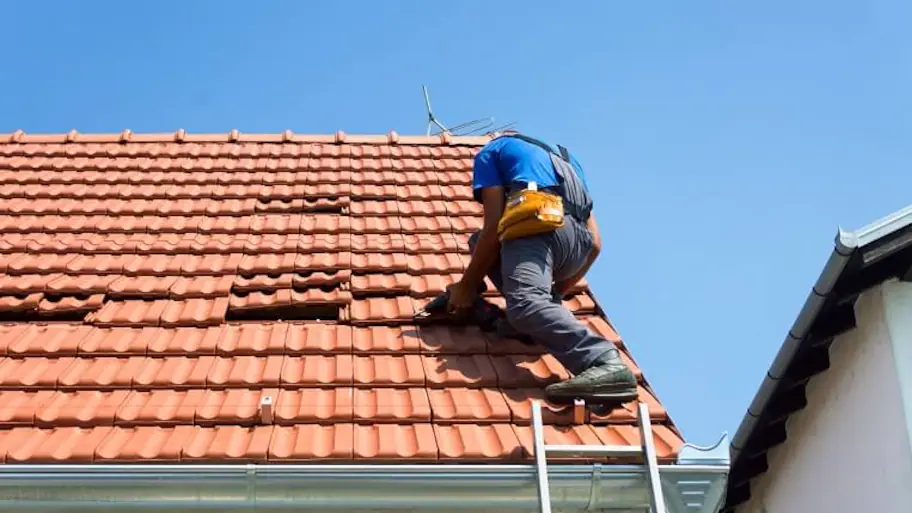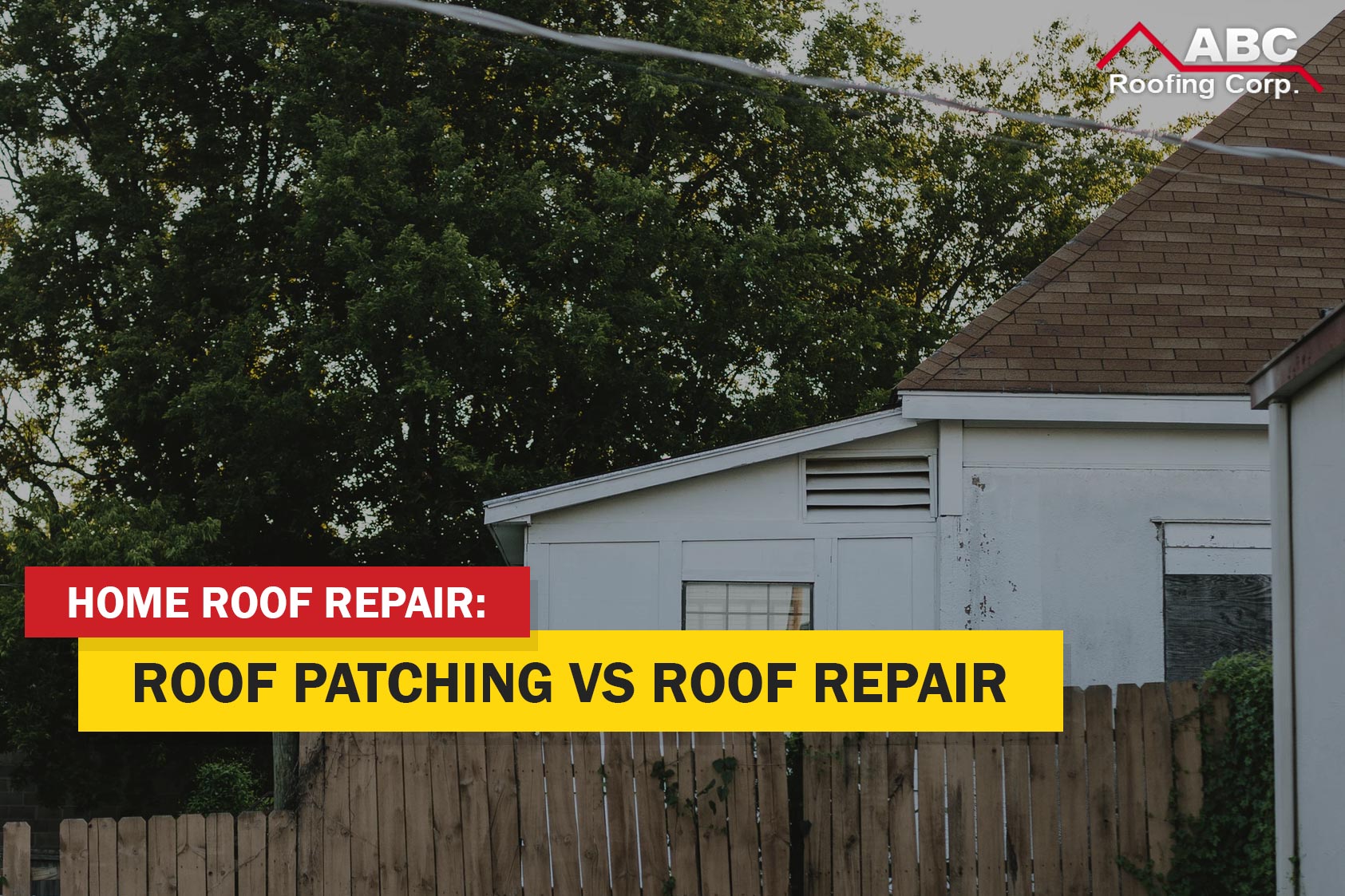Oahu Roofing: Trustworthy Roofing Solutions for Residences and Businesses
Oahu Roofing: Trustworthy Roofing Solutions for Residences and Businesses
Blog Article
Exploring the Different Kinds of Roofings: Which One Is Ideal for Your Home?
When considering the myriad types of roofing systems offered, it is vital to examine just how each alternative straightens with your home's one-of-a-kind needs, consisting of environment problems, visual choices, and structural performance. From the traditional gable roofing system that effectively channels rain to the modern-day level roofing offering metropolitan versatility, each style presents distinct benefits and obstacles.
Saddleback Roof
Saddleback roofs, characterized by their triangular form and sloping sides, are a preferred option among homeowners looking for both visual charm and functionality. This roof design successfully enables efficient water runoff, lowering the danger of water pooling and succeeding damages. Additionally, the high slopes create adequate attic room space, which can be used for storage or also exchanged living locations.
Among the primary benefits of gable roofs is their ability to withstand extreme weather condition problems. The design aids in minimizing wind resistance, making them specifically appropriate for locations susceptible to tornados. Additionally, saddleback roofs can be created using a selection of materials, consisting of shingles, floor tiles, and metal, supplying property owners with adaptability in design and spending plan.
From an architectural point of view, saddleback roofs can improve the visual appeal of a home, supplying a classic and classic appearance. They can complement different building styles, from conventional to contemporary styles. However, it is vital to think about possible drawbacks, such as the vulnerability to snow buildup in colder environments. On the whole, saddleback roofs stay a popular option because of their equilibrium of usefulness and design, appealing to a large range of house owners.
Flat Roofs
While commonly ignored for even more standard roofing designs, flat roofing systems provide special benefits that deal with particular architectural needs and modern layout choices. These roofings are defined by their very little pitch, enabling for effective use room, specifically in metropolitan atmospheres where optimizing square footage is important.
One considerable benefit of level roof coverings is their adaptability. They can be used as additional living spaces, such as roof gardens, patios, or photovoltaic panel installments, improving the functionality of a home. Moreover, level roofing systems are generally easier and much safer to navigate throughout maintenance, assisting in repair work and examinations without the difficulties posed by high slopes.
Level roofing systems can additionally be a lot more cost-effective in terms of materials and installation. With an easier style, they commonly need fewer resources, converting into reduced labor expenses. Nonetheless, it's important to take into consideration drain and waterproofing, as level roofing systems can be vulnerable to pooling water otherwise adequately developed.

Hip Roof Coverings
Hip roofs stand apart for their classy design and structural honesty, making them a popular selection among property owners. Defined by inclines on all 4 sides, hip roofs offer a well-balanced aesthetic that matches numerous architectural styles - roof repair oahu. The in proportion nature of these roofing systems helps to distribute weight evenly, boosting security and longevity
Among the crucial advantages of hip roofings is their capability to endure harsh weather conditions. The sloped surfaces help with efficient water drainage and snow runoff, reducing the risk of leaks and structural damage. Additionally, the layout decreases wind resistance, making hip roofs much less at risk to wind uplift contrasted to other roofing system types.


Dropped Roofs
Lost roofing systems, unlike the intricacy of hip roofings, provide a minimalist and structured layout that appeals to contemporary aesthetics. Defined by a single sloping surface, shed roof coverings are typically made use of in contemporary style, garden sheds, and various other functional structures. This simpleness not only improves aesthetic appeal however also enables reliable water overflow, making them suitable for various environments.
One of the primary benefits of shed roof coverings is their cost-effectiveness. With fewer materials needed and a simple installment procedure, homeowners can save both money and time. The style likewise permits the consolidation of huge home windows or skylights, advertising all-natural light and developing spacious interiors.
However, it is necessary to take into consideration the possible downsides, consisting of minimal insulation alternatives and the demand for mindful layout to stay clear of too much warm accumulation. Furthermore, dropped roofings may not blend effortlessly with standard style, which can be a worry for some property owners.
Ultimately, dropped roofing systems offer a trendy and practical roofing remedy for those looking for modernity and effectiveness. When choosing a roofing system type, reviewing individual aesthetic preferences and useful demands will guide home owners to the ideal option for their unique requirements.
Mansard Roof Coverings
Mansard roofings, characterized by their distinct four-sided style, are a hallmark of French style that incorporates beauty with functionality. This building design features 2 slopes on each side, with the reduced slope being read what he said steeper than the top one. The special configuration enables extra space in the upper degrees, making it an optimal choice for house owners seeking to make the most of useful area without increasing the building's footprint.
Among the significant benefits of a mansard roofing system is its versatility. It can be adapted to different building styles, from typical to modern, improving the visual appeal of any type of home. In addition, the sufficient area created under the roof covering can easily fit dormer home windows, which permit natural light and air flow, additional enhancing the convenience of the living location.
Nevertheless, possible property owners ought to think about the maintenance demands connected with mansard roof coverings. Installation costs may be greater contrasted to less complex roof covering layouts due to the intricacy of building.
Final Thought
Each roof style presents unique advantages, such as the efficiency of gable roof coverings, the contemporary allure of shed roofing systems, and the security of hip roofing systems. Level roofs use practicality for urban settings, while mansard roof coverings offer added living space in spite of higher installment costs.
From the traditional gable roof covering that effectively networks rain to the modern flat roof covering offering city adaptability, each design offers distinct benefits and difficulties (roof repair oahu). In addition, the design reduces wind resistance, making hip roofings much less susceptible to wind uplift compared to other roofing kinds
Dropped roofings, in contrast to the complexity of hip roofings, supply a minimalist and streamlined style that charms over at this website to modern-day aesthetic appeals. Each roof design provides one-of-a-kind benefits, such as the performance of gable roofs, the contemporary allure of shed roof coverings, and the security of hip roof coverings. Level roofs offer practicality for urban environments, while mansard roofs provide additional living room regardless of greater installment prices.
Report this page